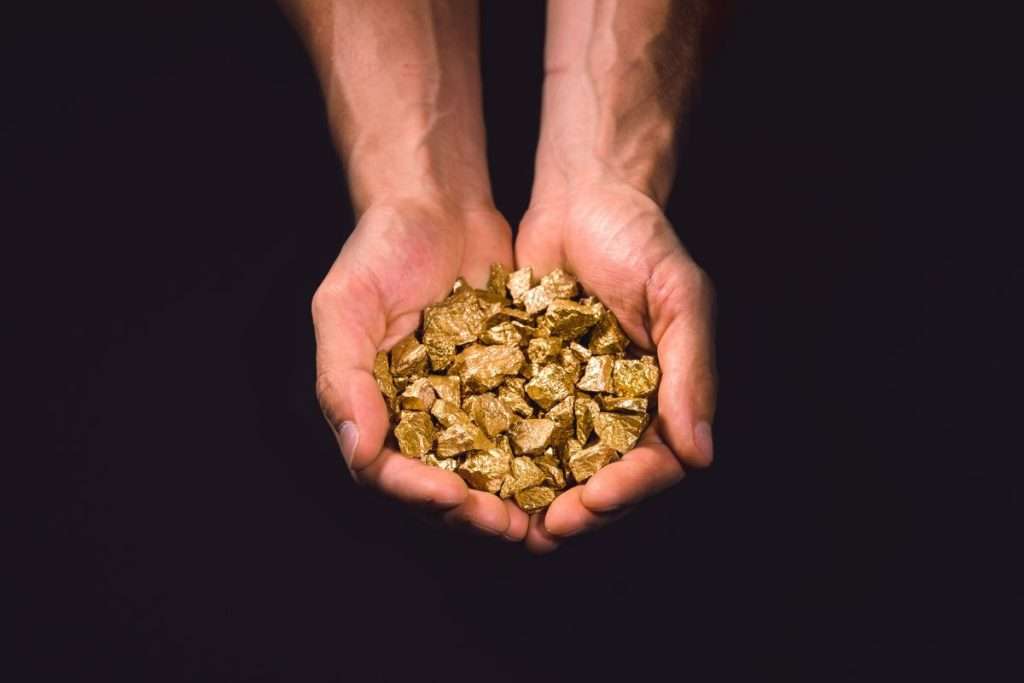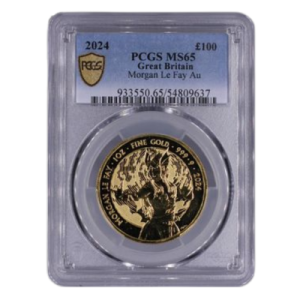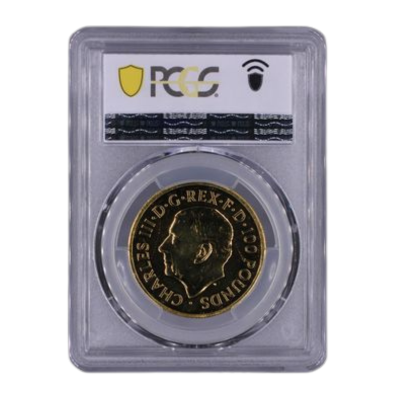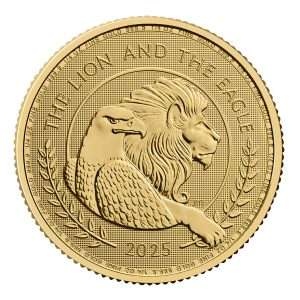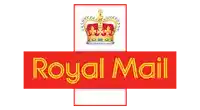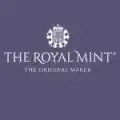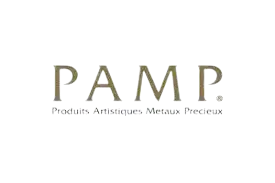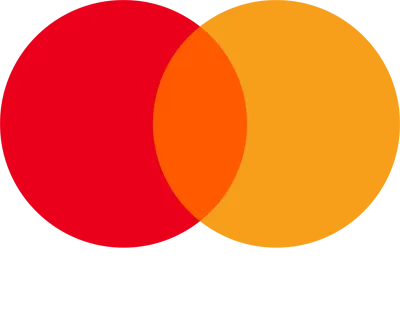The Importance of Verifying Your Gold
Counterfeit gold can be found in jewellery, bars, and even coins. Whether you’re dealing with a private seller or an unfamiliar dealer, knowing how to check if gold is real can save you both time and money. Thankfully, gold’s unique properties make it difficult to replicate convincingly. Here are some simple tests you can perform at home to verify the authenticity of your gold.
Size and Weight Check
This technique is particularly effective for bullion coins. Gold coins are minted to precise specifications, which provide a clear reference for testing their authenticity. Gold is also an exceptionally dense metal, making it difficult to counterfeit accurately. For example, a fake Sovereign would either need to be larger in size or would weigh less than a real one if it matches in dimensions. By familiarising yourself with the standard weight, diameter, and thickness of your gold coins, you can quickly help identify a counterfeit.
Magnet Test
A simple test you can perform at home is the magnet test. Genuine gold is non-magnetic, so real gold coins, bars, or jewellery should not be attracted to a magnet. Try lifting your gold with a strong magnet; if it sticks, your item likely contains other metals. However, be aware that not all gold is 24ct / 999.9, for instance, gold Sovereigns, which have a traditional purity of 916.7, might include other metals, making them slightly magnetic. Therefore, it’s wise to combine the magnet test with other methods for a more accurate assessment.
The Ping Test
The ping test is another useful way to verify if your gold is genuine. When struck, precious metals produce a long, high-pitched ringing sound, while base metals give off a duller, shorter tone. You can try this by balancing your coin on your fingertip and tapping it with another coin. The clear, ringing sound of real gold will stand out compared to the muted tone of a counterfeit.
Ceramic Scratch Test
This simple test involves dragging your gold across an unglazed ceramic plate. If the gold is genuine, it will leave a gold streak; if it’s fake, the streak will be black. This test is quick, but be cautious as it can scratch your gold.
Acid Test
The nitric acid test is a more advanced method that can potentially damage your item if it’s not pure. Gold is highly resistant to corrosion and oxidation, so it should not react when exposed to nitric acid. Different strengths of acid are available to test various carat levels. If your gold doesn’t react, it is at least as pure as the carat rating indicates. However, if there is a reaction, your gold may not be as pure as expected or might be counterfeit. It is important to shave deep into the metal before testing to ensure you are not just testing the surface.
Graded coins
Grading coins has become increasingly popular for the very reason of ensuring the coin being purchased is authentic. The two most trusted Third Party Verification companies are the PCGS & NGC. As globally recognised bodies, these companies authenticate not only that the coin is of the correct gold content but additionally that the coin is genuine. This becomes increasingly important as a coin gains numismatic value above its intrinsic gold weight. Rare coins are often counterfeited using genuine gold but the numismatic value is in the coin being original and not a copy.
Learn more about the benefits of graded coins.

